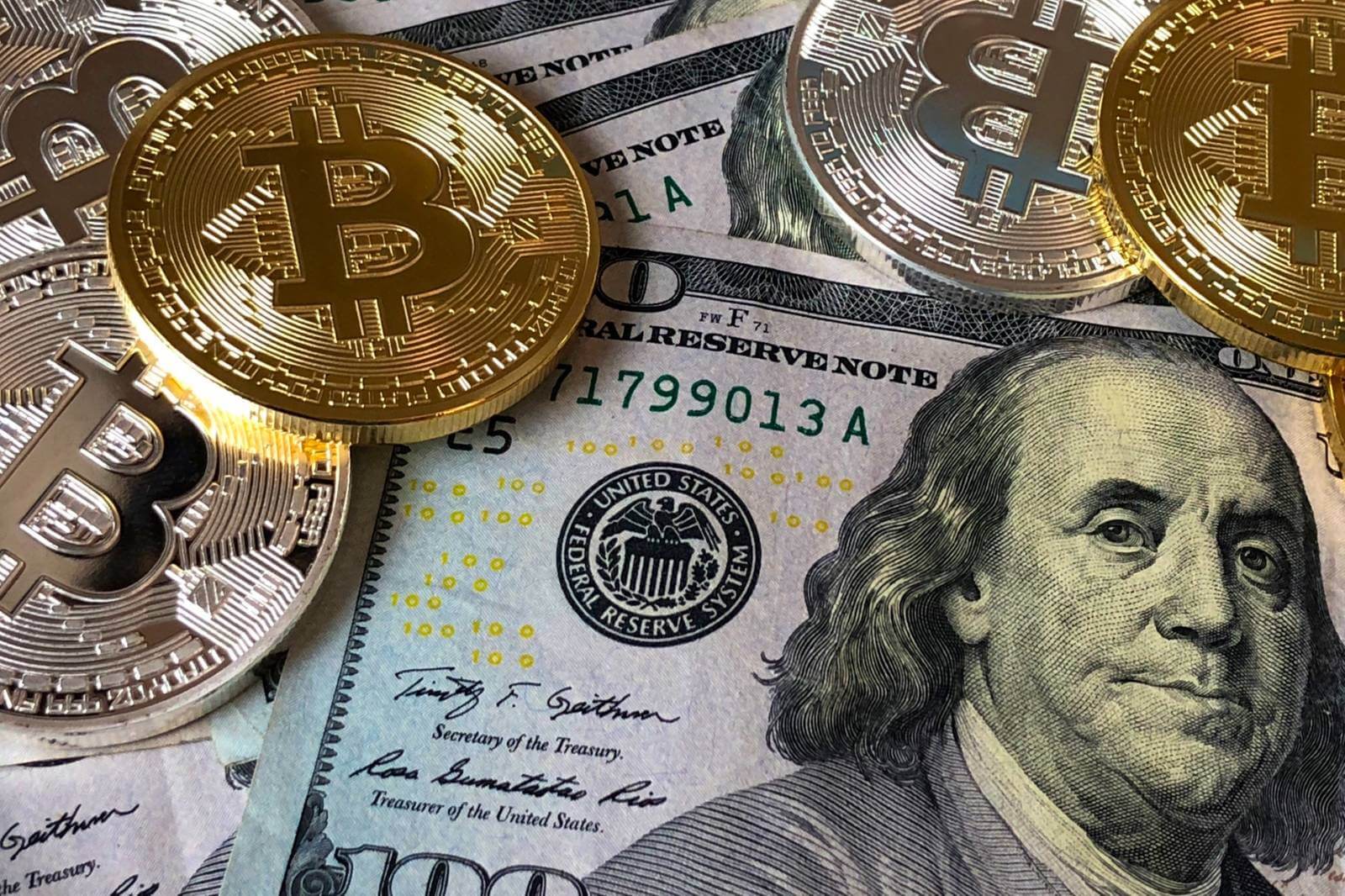The Week on Wall Street
Fears of an impasse in the U.S.-China trade dispute lessened last week. While additional U.S. tariffs on Chinese imports were scheduled to take effect on September 1, China’s government communicated that it would refrain from taking retaliatory measures for the moment.
U.S. stock benchmarks advanced during the week. The S&P 500 rose 2.79% across five trading days, and the Nasdaq Composite and Dow Jones Industrial Average respectively gained 2.72% and 3.02%. The MSCI EAFE international index added just 0.25%.1,2
Positive News in the Trade Dispute
Thursday, a spokesman for China’s commerce ministry said that negotiations could resume this month, and that discussions need to focus on “removing the new tariffs to prevent escalation.”
In addition, officials in Beijing indicated they would hold off on responding to the U.S. tariff hikes announced Friday by the White House.3
Mixed Consumer Confidence Signals
The Conference Board’s monthly consumer confidence index was at 135.1 in August. Analysts polled by Reuters had projected a reading of 129.5. Consumers’ view of the present economic situation was the best since November 2000.
On the other hand, the University of Michigan’s monthly consumer sentiment index (based on a different collection of survey data) dropped 8.6 points during August to 89.8; that was its biggest monthly descent in nearly seven years.4,5
What’s Next
After a pause for the Labor Day holiday, U.S. financial markets have an abbreviated trading week. The August jobs report may influence Friday’s Wall Street session, and any news pertaining to U.S.-China trade talks could also influence the markets.
I was on Fox Business last week, with Charles Payne, ‘Making Money’

Here are the notes I used for last week’s appearance:
It’s obvious that the China trade war has dominated headlines off and on for months, even more so than the Fed here lately as the Fed seems to be stable in their “monitoring the data” mantra.
At this time, we can either make volatility a friend or a foe and of course we prefer the latter. We are currently range bound and that will be the case until China is resolved.
There is a playbook in front of us, and that is to focus on companies that beat or raised guidance during earning season, such as Microsoft and Salesforce (I do not recommend individual securities, these were used as examples). Typically, we do like a basket of stocks such as XLK which is made up of mainly large cap tech as opposed to individual stocks but these are a few examples of names that should be on your shortlist. How to play this volatility to be your friend as opposed to a foe is to put bids underneath your prices, plugging in a good till cancel order 3,4,5 points below the market and hope to get filled. On the flip side, if the market rallies off some news with China and get some sell orders in to take some money off the table. Put bids in to buy below the market and offers to sell above the market to take advantage of these very unpredictable gyrations. Lets face it, this choppiness may be around for a while and for the investor this maybe the best way to play the market. A smart investor figures out ways to take advantage of what the markets giving you at a particular time.
We do think the fears of recession are way overblown, just looking at the job market and job creation, the unemployment rate is 3.7% and new jobs created in the last two months were 193,000 and 164,000 respectively. We also think investors are finding themselves in value traps, where companies are trading at 14X multiples and later on they are at 10X multiples, as we can see money is not going there! I would rather be where the pin action is, and that is large cap growth, investors are willing to pay for that. We do think bond prices are stretched. If you look the chart, it is similar to one from the internet stocks days in 1999, yet these are treasury bonds. I can see the case for a big reallocation, big institutional investors and pension fund managers that have been selling off these bonds which are overstretched could begin to move their money to stocks that have recently been beaten down.
The 10-year treasury is at 1.5% and historically when it is this low it makes stocks much more attractive. Given the fact the S&P 500 dividend yield is close to 2% right of the bat that seems to be a better deal than 1.5% in treasuries with more potential upside. You can go from the frying pan into the fire by buying treasury bonds and locking in a lower yields with the uncertainty that prices could go against you.


